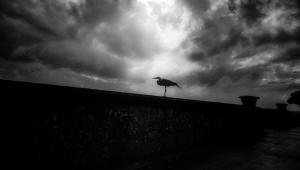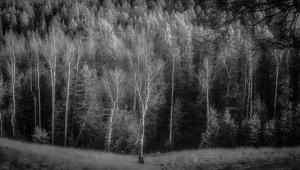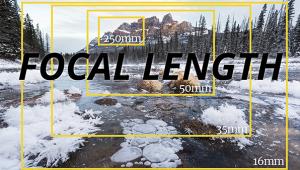Q&A For Digital Photography
Digital Help is designed to aid you in getting the most from your digital photography,
printing, scanning, and image creation. Each month, David Brooks provides solutions
to problems you might encounter with matters such as color calibration and management,
digital printer and scanner settings, and working with digital photographic
images with many different kinds of cameras and software. All questions sent
to him will be answered with the most appropriate information he can access
and provide. However, not all questions and answers will appear in this department.
Readers can send questions to David Brooks addressed to Shutterbug magazine,
through the Shutterbug website (www.shutterbug.com), directly via e-mail to:
editorial@shutterbug.com
or fotografx@mindspring.com
or by US Mail to: David Brooks, PO Box 2830, Lompoc, CA 93438.
--George Schaub
Solution To Photoshop Elements 3.0 & Acrobat Problem
So, David, you took a royal scalding from Mr. James Reis (May 2005 issue) because
he believed he could print a PDF from Adobe Photoshop Elements 3.0 after reading
your review of the program. He was pretty upset, it seemed, that after
spending $100 for Elements he would now have to spend another $250 for Adobe
Acrobat 7.0. Sounded like he wanted you to refund his $100! Well, since you
have been so helpful in my transition from film to digital, I am going to help
you redeem yourself. Anyone not having Acrobat can go to www.pdf995.com
and download PDF995. There is a free version, and a $9.95 version. But
for just $19.95 you can download the full function version. You might pass this
on to Mr. Reis. If he hasn't already shelled out the dough for Acrobat
7.0 you just saved him $230. Seems he should split the savings with you, don't
you think? Keep up the great articles.
Jim Plogger
Maryville, TN
Thanks so much for offering this solution lead. It looks like it will work for those who need the capability that are PC Windows users.
Some Choices Between Printers Are Functional Choices, Not Which Is
Better
Q. You wrote two excellent articles in Shutterbug about ink jet printers--one
about the Epson Stylus Photo R800 in the August 2004 issue and one about the
Canon i9900 Photo Printer in the October 2004 issue.
I am an advanced amateur photographer who is just getting ready to get involved
in digital darkroom work and I was intrigued by your articles, but I am having
trouble trying to decide which of these printers would be best for me. Do you
have any suggestions as to how I should decide?
via Internet
A. Thank you for the kind remarks about my articles. I can
understand having some difficulties choosing between the printers I reported
on because both do a superb job of reproducing photographic images in prints.
So a choice must really be made on factors other than print quality. One factor
might be whether you would be satisfied with prints that are letter size--or
would you require making larger prints, as the maximum width of the Epson R800
is 8.5" (letter size) and the width of the Canon i9900 is 13". Another
factor is print life. If you want your prints to remain true to color for generations,
then the pigment ink Epson utilizes in the R800 provides considerably longer
print life than the dye inks that are used by the Canon i9900.
Other than these two differences of size and print longevity the printers should
both provide satisfying performance and utility. I hope I have been able to
help your decision making.
Avoid Losing Image Information Data
Q. I'm using Photoshop CS on a Windows XP operating system. When a raw
image file that has been created in 16-bit color, saved in a TIFF file format,
and then converted to 8-bit color is saved/closed and then reopened/converted
back to 16 bit, does it gain back the 8-bit color information, or is that permanently
lost? The only reason for converting to 8 bit is to save file space, but if
it results in any permanent loss I will leave it at 16 bit.
Brayton Maggs
A. No, I am afraid once a 48-bit image file is reduced to 24-bit RGB color all of the data that would not fit in 24-bit color space is discarded and cannot be recovered. It is always a good idea if you have originals in 48-bit color depth to archive them as such on permanent media like a CD so you always have access to the full body of information for future use. These days memory space, especially CDs, is really cheap, even the archival gold/gold CD-R discs. So what savings are you really talking about?
ANNOUNCEMENT:
I am pleased to announce the new second edition of my eBook DIGITAL DARKROOM
RESOURCE CD. The CD now contains 16 chapters totaling 227 pages in Adobe Acrobat
.PDF format, providing easy to read text and large high quality illustration.
The CD is available for $20 plus $2 shipping and handling (US Mail if available).
Ordering is as simple as sending a check or money order for $22 made out to
me, David B. Brooks and mailed to PO Box 2830, Lompoc, CA 93438.
- Log in or register to post comments


































